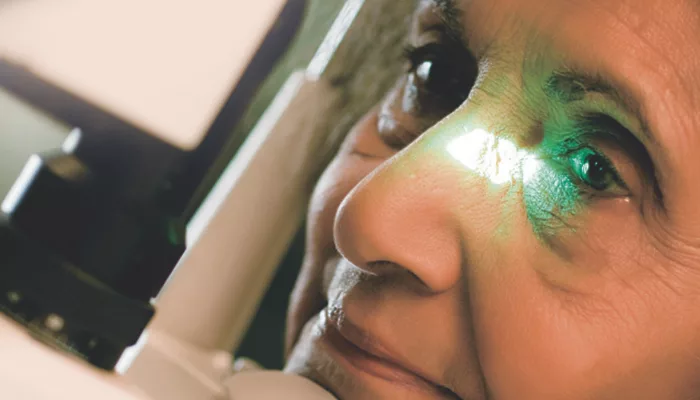Blurry Vision Time to Check for Cataract
February 9, 2017
BLURRY VISION: TIME TO CHECK FOR CATARACT
As per a report published in Indian Journal of Ophthalmology, in India, there were 7.75 million individuals in 2001 who lost their vision due to cataract. The number is estimated to increase to 8.25 million by 2020. Moreover, by 2020, cataract blindness in the 70+ age group will be quadruple than other age groups.
Signs and Symptoms of Cataract:
In the case of normal vision, the lens focuses light onto the back of the eye where images perceived by nerves are transmitted to the brain. However, when cataract occurs in either or both eye, vision becomes blurred as the light coming into the eye is concealed and distorted because of the clouding of the lens in the eye.
American Academy of Ophthalmology (AAO) defines the following signs as an onset of cataract:
- Blurred vision as if you are looking through a cloudy piece of glass or viewing an impressionist painting.
- Seeing faded colours.
- Observe good vision in daylight but poor night vision.
- You may notice when you drive at night the looming headlights are more glaring than before.
- A halo appears in front of your eyes around bright lights with yellowing of vision.
- You realize double or multiple images of a single sight in one eye.
Causes of Cataracts
Besides advancing age, cataracts can also develop due to these factors:
- Exposure to ultraviolet radiation from sunlight and other sources
- Health conditions such as diabetes, hypertension, obesity
- Prolonged use of corticosteroids and statins
- Previous eye injury or inflammation, eye surgery or high myopia
- Hormone replacement therapy
- Significant alcohol consumption and smoking
- Family history
Cataract Prevention and Treatment
Increased dietary intake of vitamin E (sunflower seeds, almonds, and spinach) and the carotenoids lutein and zeaxanthin (spinach, and other green, leafy vegetables) are allied with noticeably decreased risks of cataract.
- Foods containing omega-3 fatty acids (flax seeds, fish, spinach, soybeans) and antioxidant vitamins such as Vitamin C (Amla, oranges, kiwi, lemon) may decrease cataract risk.
- Regular eye check-ups at and after the age of 40 years for vision changes and early identification of cataract.
- Initially, when symptoms arise, stronger eyeglasses enhance magnification. Also, brighter lighting in your home and other visual aids improve vision.
- As currently no potent medications are known for cataract management, according to the AAO, surgery is the last management option. However, surgery is only recommended when cataract inferred significant vision loss which seriously hampers your day to day activities leading to reduced quality of life.
- In cataract surgery, clouded lens is removed and replaced with a clear, plastic intraocular lens (IOL).
NOTICE BOARD
CONTACT US
CONTACT US
 Book Appointment
Book Appointment


.svg)
.svg)
.svg)
.svg)








